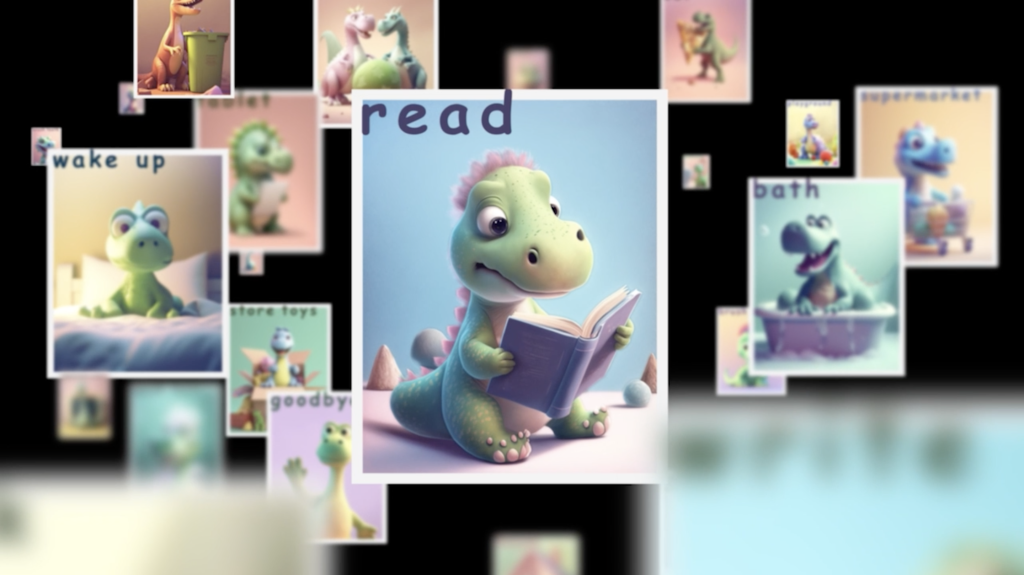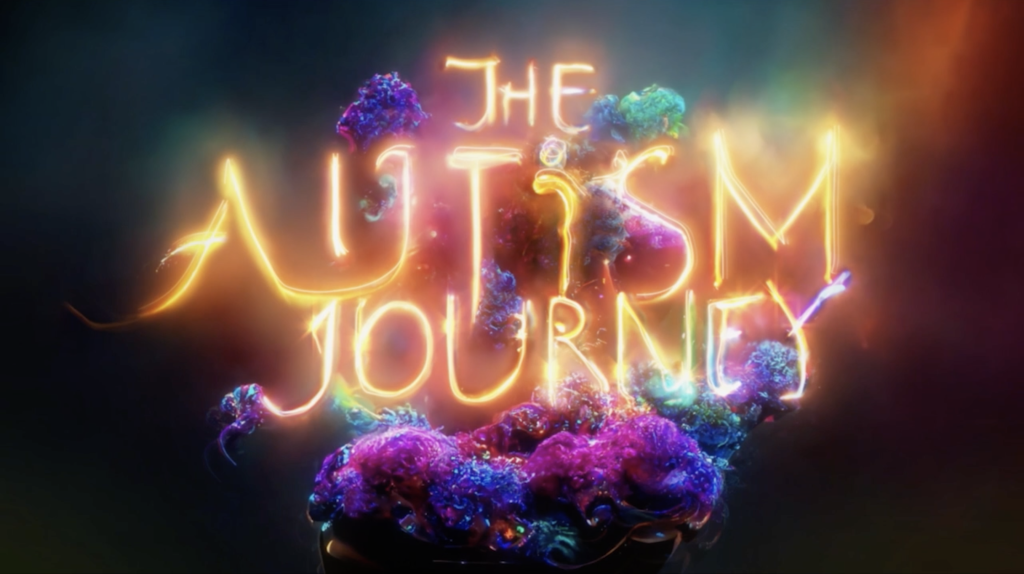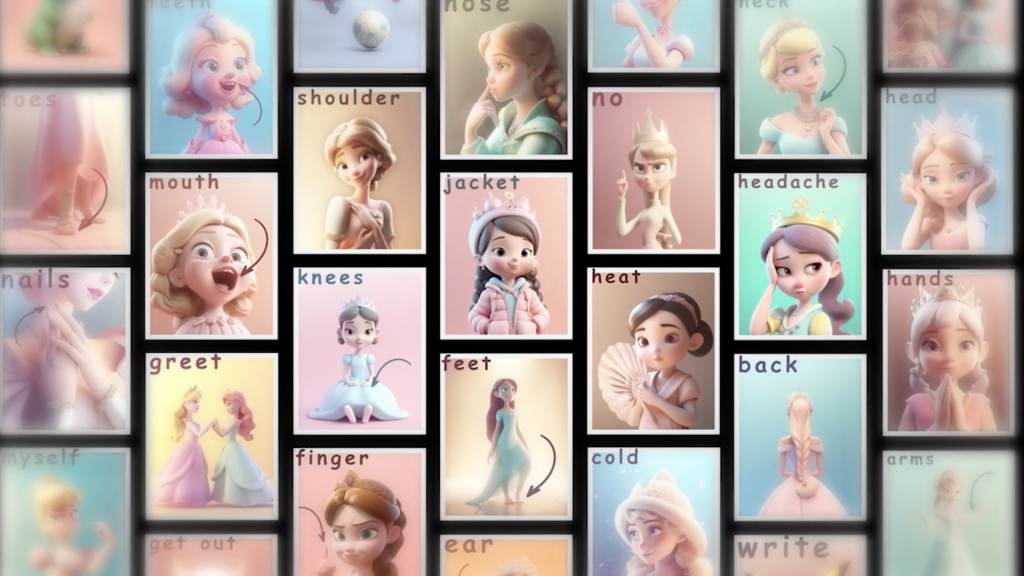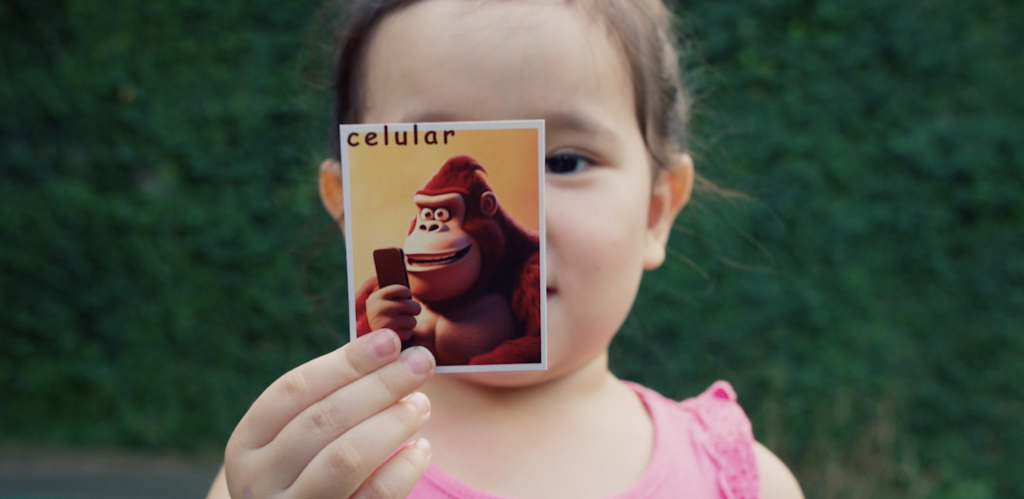There are 2 million autistic people in Brazil and one of their characteristics is the difficulty in communicating with their families and, consequently, with the world. One of the means of communication for most autistic people are visual communication cards that help them communicate about basic activities, such as peeing, drinking water, listening to music and even asking to use their cell phone.
The cards were created nearly 40 years ago but have never been updated. With that in mind, Vivo is launching the project “The Autism Journey” in partnership with AMA – Association of Autistic Friends, first nonprofit institution to support autistic people in Brazil, created by the agency Africa Creative. Cards can be updated in an innovative way using artificial intelligence, through an online platform that is simple to navigate and will bring autistic people closer to the most revolutionary technology of the moment. Just access www.theautismjourney.com.br and interact with a neural network that analyzes billions of online data to further strengthen human relationships with those who need it most.
“Vivo continues with its purpose of digitizing to approach and brings a project that can help family members and educators to promote a different and immersive experience with autistic people”, says Marina Daineze, director of Brand and Communication at Vivo.





Scientific studies prove that interacting with autistic people through their hyperfocus helps to improve communication, and based on this, it will be possible to create personalized cards on the website, inspired by the interests and passions of each autistic person. That is: if a person within the spectrum likes dinosaurs, he can generate several cards on the site with drawings of dinosaurs demonstrating basic and easy-to-understand situations. In this way, they can feel more engaged in interacting with the cards and, consequently, more motivated to communicate. The platform also had all its architecture and layout designed for autistic people, respecting colors and typologies that are friendlier to them.
Source: Africa Creative

You must be logged in to post a comment Login